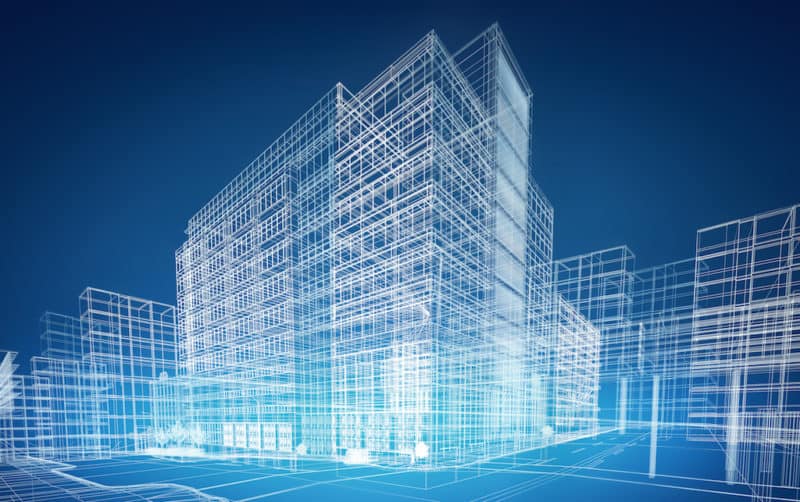Earlier this month, some of the world’s best-known innovators joined together in the Seaport at HubWeek, Boston’s annual festival celebrating the intersection of art, science, and technology. Beyond talks on next-frontier concepts like the future of new AI technology, or the impact of blockchain, recent features of the fall event included tours of the new state-of-the-art lab space, MIT.nano, and a Hackathon which asked participants to identify novel ways that music can be used to improve health outcomes.
Of course, innovation cannot be contained to a single week or industry – and certainly not in Boston, one of the most vibrant and pioneering cities in the world. Even within several of our business verticals, from security to building automation system installations, our company – which specializes in premium automation controls – is constantly exploring and testing new technological upgrades that strengthen our work product and service offerings for our customers.
Automation systems impact every utility in buildings and, thanks to the now-ubiquitous Internet of Things (IoT) software, devices are able to provide impressive efficiencies and cost-savings. And as the technology continues to improve, the systems we install offer a greater level of sophistication.
For instance, buildings are increasingly equipped with smart features, as many of our customers in the construction and development sectors become increasingly reliant upon them as part of a fully integrated design. Today, with the assistance of a simple interface, smart building platform technology allows property managers to control relevant systems, set automation schedules, and view analytics. Sensors for temperature control and lighting serve as the eyes and ears of the building, collecting data and monitoring building operations.
In the future, hotel rooms will be fully immersed in technologies that help integrate diverse systems. In essence, hotels can track guests and reflect their preferences on amenities like lighting, heating, cooling, in-room media and scheduling.
From an installation perspective, these innovations present companies like ours with an active lifeline, connecting the office with the field. Automated updates can provide our teams, at our headquarters and on construction sites, with a real-time snapshot of each project’s status. And, since efficiency and time savings are critical in our business, leveraging technology that strengthens our ability to communicate quickly and accurately is essential.
As developers and residents continue to push for more sophisticated technologies within their buildings, our industry is well-positioned to both install the latest devices and employ new internal software that enhances our bottom-line. Moving forward, embracing the positive benefits of new tech provides a clear and measurable impact on our business model, offering a gateway into the future of services, tools, and technologies.
